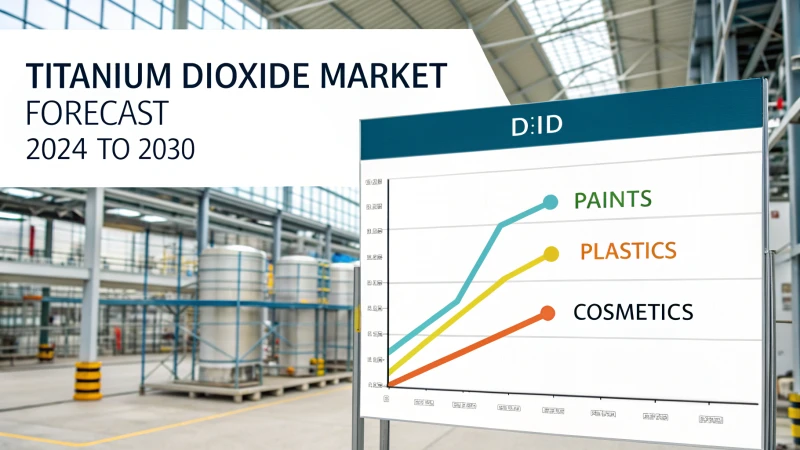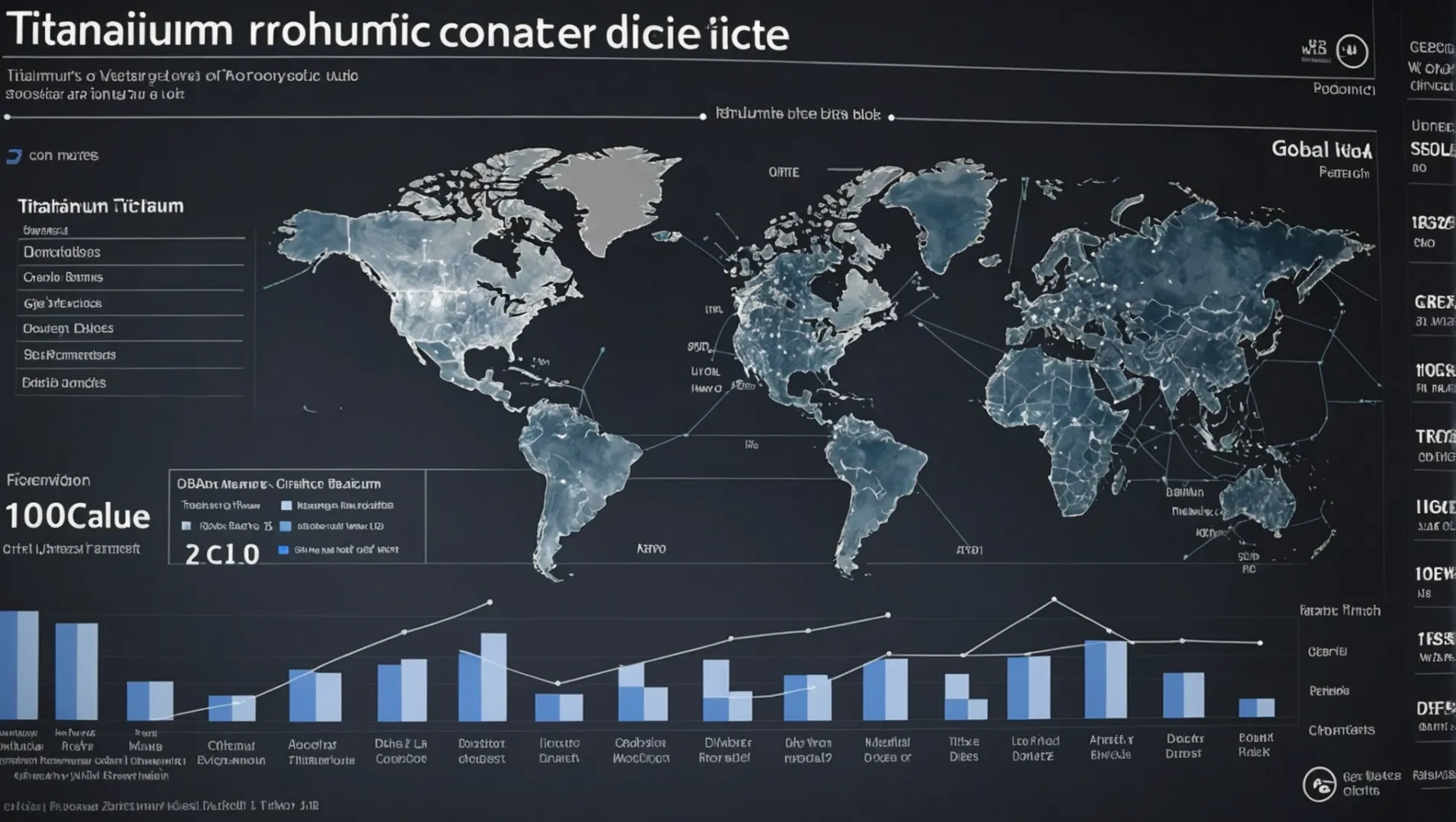
Navigating the complexities of titanium dioxide pricing feels like embarking on a treasure hunt. Each factor unveils a clue that shapes the landscape of this vital industry.
Titanium dioxide prices are influenced by a blend of factors including raw material costs, energy prices, global demand, geopolitical influences, and environmental regulations. Understanding these dynamics is key to navigating market fluctuations effectively.
While the initial answer sheds light on the fundamental factors influencing titanium dioxide prices, a deeper exploration reveals how these factors interact and evolve over time. Let’s dive into the heart of what drives these changes.
[claim claim=”Raw material costs directly affect titanium dioxide prices.” istrue=”true” explanation=”Ilmenite and rutile price fluctuations impact titanium dioxide production costs.”]
How Do Raw Material Costs Affect Titanium Dioxide Pricing?
Understanding the intricate relationship between raw material costs and titanium dioxide pricing is vital for industry stakeholders.
Raw material costs, particularly ilmenite and rutile, significantly impact titanium dioxide pricing. Fluctuations in these materials’ prices, driven by mining regulations and supply chain disruptions, directly influence the cost structure of titanium dioxide production.
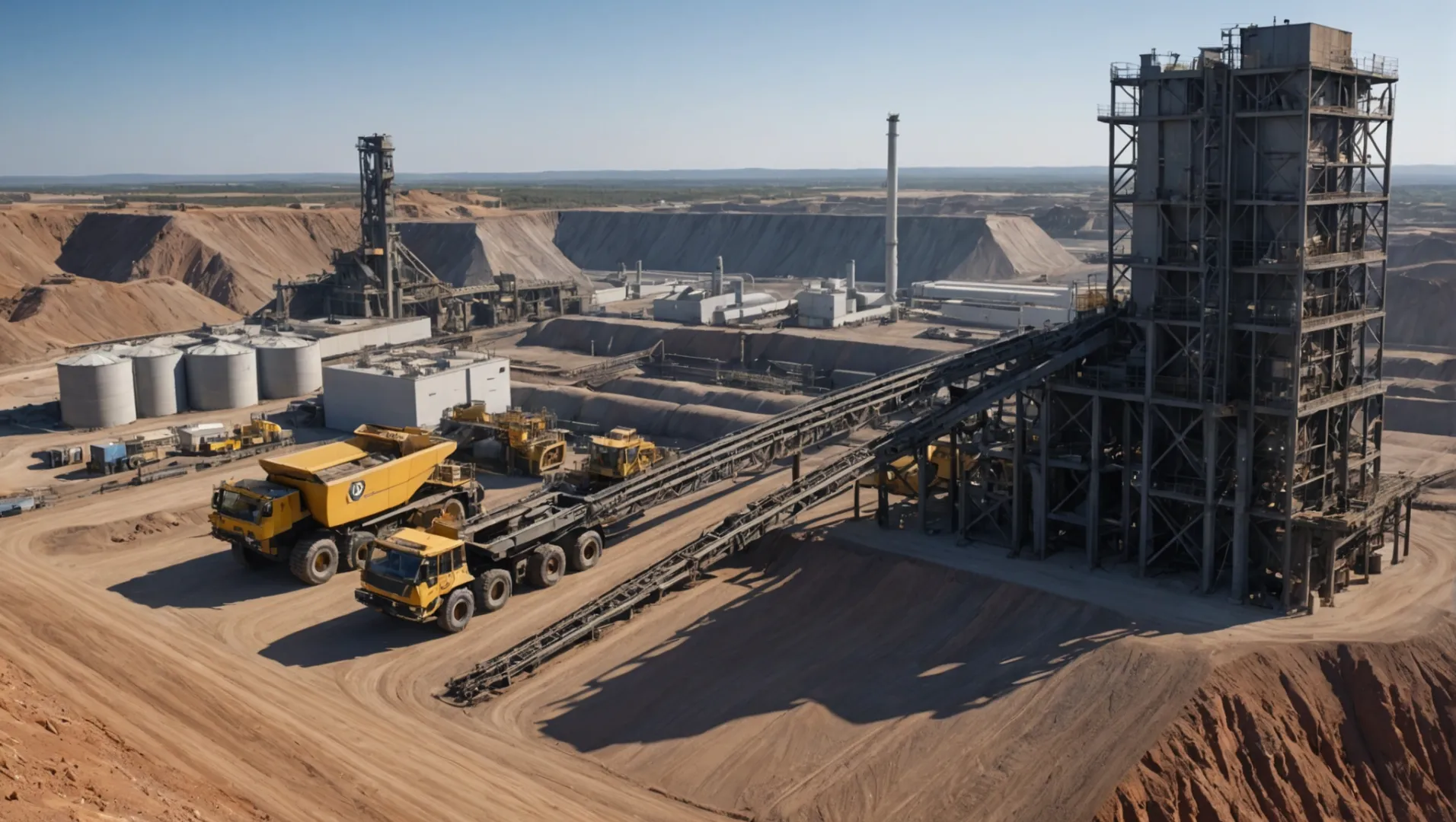
The Core Ingredients: Ilmenite and Rutile
Titanium dioxide, a vital component in paints, coatings, and plastics, primarily relies on two raw materials: ilmenite1 and rutile2. Both are naturally occurring mineral forms of titanium, with ilmenite being more abundant but rutile having a higher titanium content. The costs associated with these materials are pivotal in determining the market price of titanium dioxide.
Mining Regulations
Mining regulations play a crucial role in the availability and pricing of ilmenite and rutile. For instance, stricter environmental policies can lead to increased operational costs or even reduced output from mines. This scarcity can drive up raw material prices, subsequently affecting titanium dioxide production costs.
| Factor | Impact on Price |
|---|---|
| Regulatory Changes | Increase |
| Environmental Laws | Increase |
Supply Chain Disruptions
Global supply chains for raw materials have been notably volatile due to events like pandemics or geopolitical tensions. Disruptions in mining regions can cause delays and increase transportation costs. This unpredictability is often reflected in the fluctuating prices of titanium dioxide.
Influence of Alternative Sources
In response to rising raw material costs, some manufacturers are exploring alternative sources or synthetic routes for titanium dioxide production. These methods can help mitigate price hikes but often come with their own set of challenges, such as technological feasibility and initial investment costs.
Technological Innovations
Adopting advanced extraction and processing technologies can reduce dependence on traditional raw material sources. Such innovations not only promise cost savings but also contribute to sustainability efforts within the industry.
In conclusion, while raw material costs directly influence the pricing of titanium dioxide, other factors such as mining regulations and supply chain efficiencies can amplify these effects. Industry players must stay informed about these dynamics to adapt strategically.
[claim claim=”Ilmenite is more abundant than rutile.” istrue=”true” explanation=”Ilmenite is more abundant but has a lower titanium content than rutile.”]
[claim claim=”Stricter mining regulations decrease raw material prices.” istrue=”false” explanation=”Stricter regulations increase operational costs, raising raw material prices.”]
What Role Does Energy Consumption Play in Production Costs?
Energy costs significantly impact the expenses involved in manufacturing processes, including titanium dioxide production.
Energy consumption is a critical factor in production costs, especially for energy-intensive industries like titanium dioxide manufacturing. High energy prices can elevate production costs, affecting the final product’s price. Implementing energy-efficient technologies can help mitigate these costs, offering competitive advantages in pricing and sustainability.
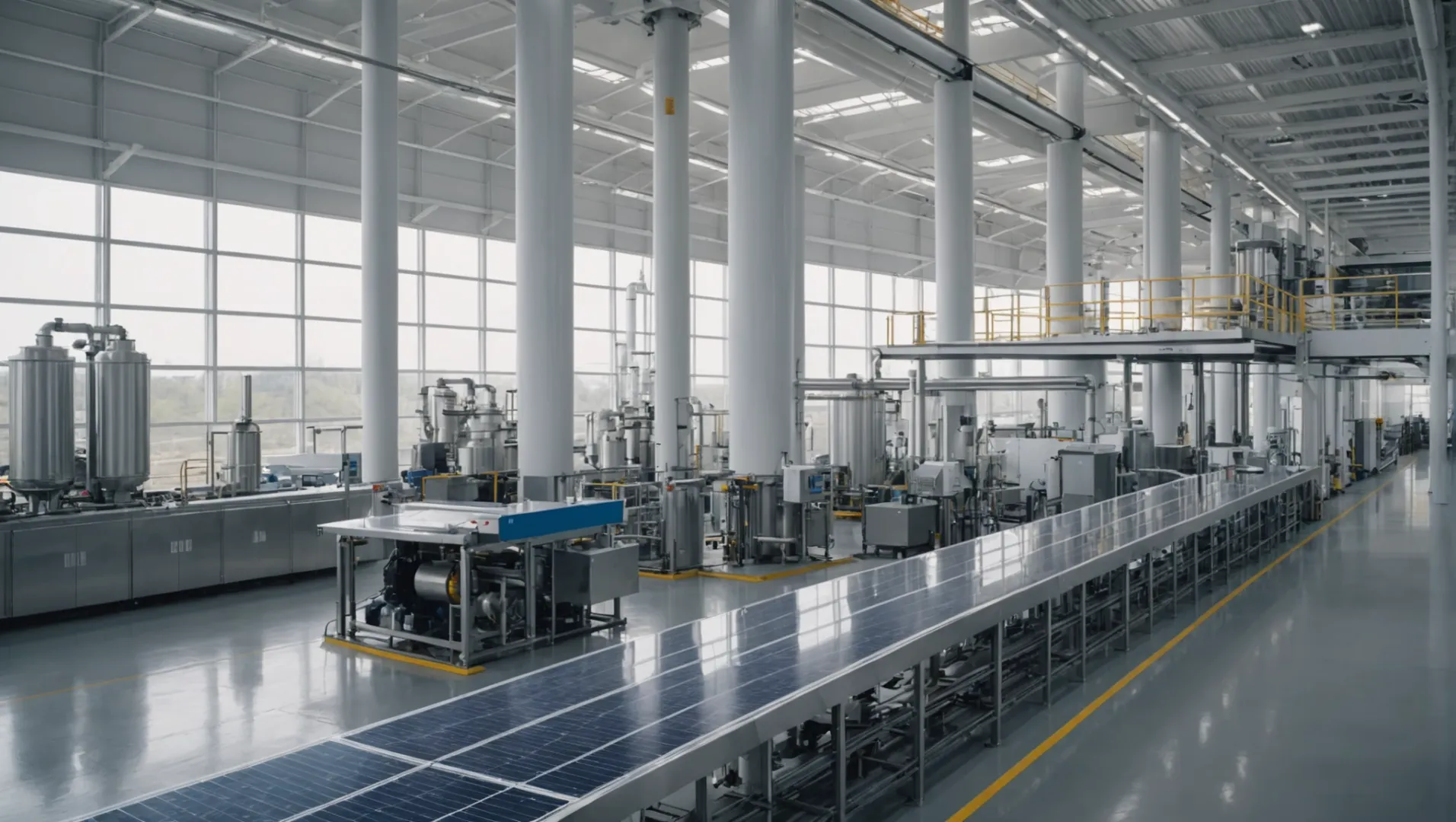
The Impact of Rising Energy Prices
Energy consumption directly affects the overall production costs of goods, particularly in industries where energy is a major input. For example, the production of titanium dioxide is known to be energy-intensive, requiring substantial electricity and heat to extract and process raw materials.
As global energy prices fluctuate due to factors like geopolitical tensions and changes in supply and demand, manufacturers may face unpredictable increases in operational costs. These costs are often transferred to consumers through higher product prices. Understanding the correlation between energy prices and production costs is crucial for businesses seeking to maintain profitability while keeping their products competitively priced.
Energy Efficiency as a Cost Mitigation Strategy
To counteract rising energy costs, many companies invest in energy-efficient technologies. For instance, factories producing titanium dioxide might upgrade to more efficient machinery or shift towards renewable energy sources to reduce reliance on traditional power grids. This not only helps decrease operational expenses but also aligns with growing environmental regulations that encourage sustainable practices.
In the table below, we see a comparison of potential savings achieved through implementing energy-efficient measures:
| Efficiency Measure | Potential Savings |
|---|---|
| Advanced Heat Recovery | 15-20% reduction |
| Renewable Energy Use | 25-30% reduction |
| Equipment Upgrades | 10-15% reduction |
Strategic Importance of Energy Management
Effective energy management goes beyond simply cutting costs; it can provide a strategic edge in highly competitive markets. Companies that successfully manage their energy consumption can offer more stable pricing to their customers, insulating them from market volatility. This stability can be particularly appealing in sectors where product pricing is a key differentiator.
By investing in energy-efficient technologies, manufacturers not only reduce their carbon footprint but also position themselves as leaders in sustainability. This can enhance their reputation and appeal to environmentally-conscious consumers, further driving demand for their products.
The importance of energy consumption in production costs cannot be overstated. As companies explore ways3 to optimize their energy usage, they pave the way for a more sustainable and economically viable future.
[claim claim=”Energy costs are a major factor in titanium dioxide production.” istrue=”true” explanation=”Energy is crucial due to the high electricity and heat needed in production.”]
[claim claim=”Renewable energy use can reduce costs by 5-10%.” istrue=”false” explanation=”Renewable energy use can actually reduce costs by 25-30%.”]
Why Is Global Demand a Key Driver for Price Changes?
Global demand shifts significantly influence price changes across industries, particularly in key commodities.
Global demand drives price changes by influencing supply-demand balance, impacting production scale, and shaping industry trends. Increasing demand often leads to higher prices, as seen in sectors like construction and automotive, where titanium dioxide is crucial.

The Supply-Demand Equation
Global demand is integral to understanding price dynamics because it directly influences the balance between supply and demand. When demand increases, especially in robust markets like construction or automotive, suppliers may struggle to keep up, leading to price hikes. Conversely, a decrease in demand can result in excess supply, causing prices to drop.
For instance, the post-pandemic recovery in the construction sector has seen a surge in demand for materials like titanium dioxide. This increased demand4 translates into higher prices due to limited supply capacities and production capabilities being pushed to their limits.
The Influence of Production Scale
The scale of production is often dictated by global demand levels. Higher demand can justify increased production scales, which can reduce per-unit costs due to economies of scale. However, when demand predictions are inaccurate, companies may face overproduction or underproduction challenges, leading to financial losses and price volatility.
Table: Demand Influence on Production
| Demand Level | Production Response | Potential Price Outcome |
|---|---|---|
| High | Increase | Potential Price Stability or Drop |
| Low | Decrease | Potential Price Increase |
Industry Trends and Innovations
Innovations in industries that heavily rely on specific commodities can also drive global demand. For example, advancements in automotive technology have led to new applications for titanium dioxide, increasing its demand. As industries introduce innovative products, the requirement for certain materials grows, impacting their prices.
Keeping abreast with industry trends5 allows businesses to anticipate demand shifts and adjust their strategies accordingly. This adaptability is crucial for maintaining competitive pricing and ensuring supply chain resilience.
[claim claim=”Global demand directly affects commodity prices.” istrue=”true” explanation=”Increased demand often leads to higher prices due to supply constraints.”]
[claim claim=”Low demand causes increased production scales.” istrue=”false” explanation=”Low demand typically leads to reduced production, not increased scales.”]
How Do Geopolitical Events Impact Titanium Dioxide Supply Chains?
Geopolitical events can drastically alter the supply and pricing of titanium dioxide, affecting global markets.
Geopolitical events influence titanium dioxide supply chains by affecting trade policies, introducing tariffs, and causing regional instability. These disruptions can lead to supply shortages, increased production costs, and ultimately higher prices for consumers.
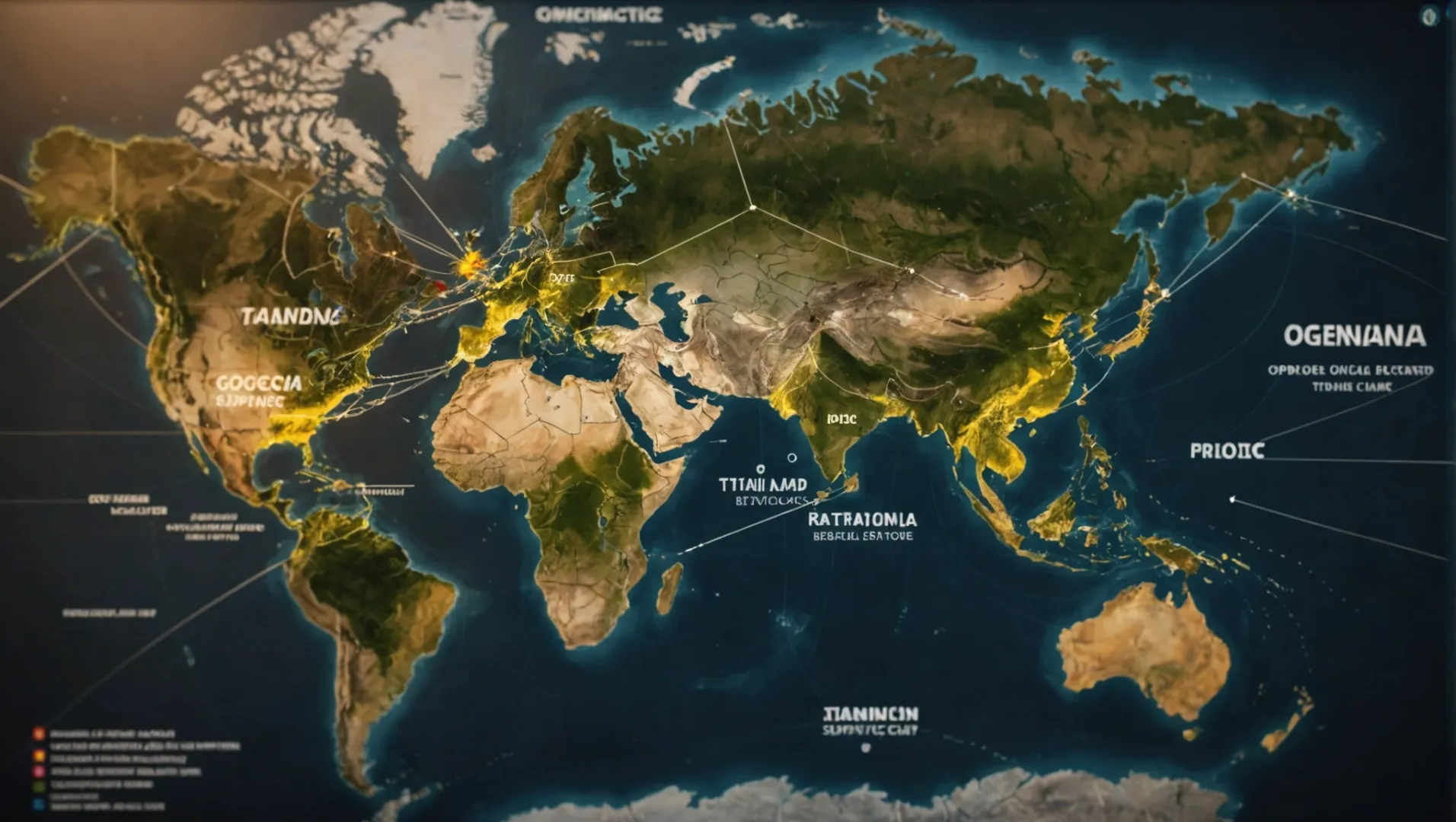
Trade Policies and Tariffs
Trade policies are often the first line of impact when geopolitical events occur. For example, a sudden change in tariffs on raw materials6 like ilmenite or rutile can disrupt supply chains by making imports more expensive or less reliable. This not only affects the cost but also the availability of titanium dioxide on a global scale.
Regional Instability and Supply Chain Disruptions
When political unrest occurs in key titanium dioxide-producing countries, it can lead to supply chain disruptions7. For instance, civil unrest or military conflicts can halt mining operations, delay shipments, or lead to sanctions that restrict trade. Such disruptions can cause significant delays and shortages in global markets.
| Geopolitical Event | Potential Impact on Supply Chain |
|---|---|
| Tariff Increases | Higher costs for raw material imports |
| Sanctions | Restrictions on key producer exports |
| Political Unrest | Delay or halt in production and shipping |
Economic Alliances and Shifts
Economic alliances can also influence the flow of titanium dioxide. For example, a new trade agreement between two countries might reduce tariffs and make supply chains more efficient. Conversely, the breakdown of such alliances could lead to increased costs and logistical challenges as companies scramble to adapt.
Environmental Regulations
While not directly a geopolitical issue, stricter environmental regulations often arise from international treaties or agreements. These regulations can necessitate changes in production processes, which might increase costs and impact the supply chain efficiency8. This is particularly relevant in regions where environmental standards differ significantly from one country to another.
[claim claim=”Tariffs increase titanium dioxide costs.” istrue=”true” explanation=”Higher tariffs on raw materials raise production costs, impacting prices.”]
[claim claim=”Political unrest boosts titanium dioxide supply.” istrue=”false” explanation=”Unrest disrupts production and shipping, leading to supply shortages.”]
Conclusion
Understanding the dynamic influences on titanium dioxide pricing empowers stakeholders to navigate this complex landscape effectively.
-
Discover how ilmenite contributes to various industrial applications.: Ilmenite is the primary ore of titanium, a metal needed to make a variety of high-performance alloys. Most of the ilmenite mined worldwide is used to … ↩
-
Understand rutile’s role in enhancing titanium dioxide properties.: The main uses for rutile are the manufacture of refractory ceramic, as a pigment, and for the production of titanium metal. ↩
-
Discover how technology reduces energy costs and enhances sustainability.: Ti-Pure™ solutions for coatings and plastics support energy efficiency. They reflect UV rays to keep buildings cooler with less AC use and lower CO₂ … ↩
-
Explore how rising construction demands influence material prices globally.: Beginning in late 2017 and continuing for most of 2018, building material prices grew more than 5%, mostly driven by trade disputes for … ↩
-
Understand how new automotive trends are driving material needs.: As car makers continue to stockpile parts, inflation slows, and EV incentives grow, car prices should come down. In fact, they’ve already started to. ↩
-
Explore how tariffs alter raw material import costs.: The 2018–19 tariffs had other negative effects. The U.S. tariffs reduced exports of U.S. manufacturers that relied on imported intermediate … ↩
-
Learn about disruptions caused by regional instability.: Cost increases – During periods of political unrest, major suppliers can become unavailable, leading to a shortage of specific materials or … ↩
-
Understand how regulations impact efficiency and costs.: The enforcement of environmental regulations leads to increased pollution abatement costs for firms targeted by specific regulations, forcing them to engage in … ↩





